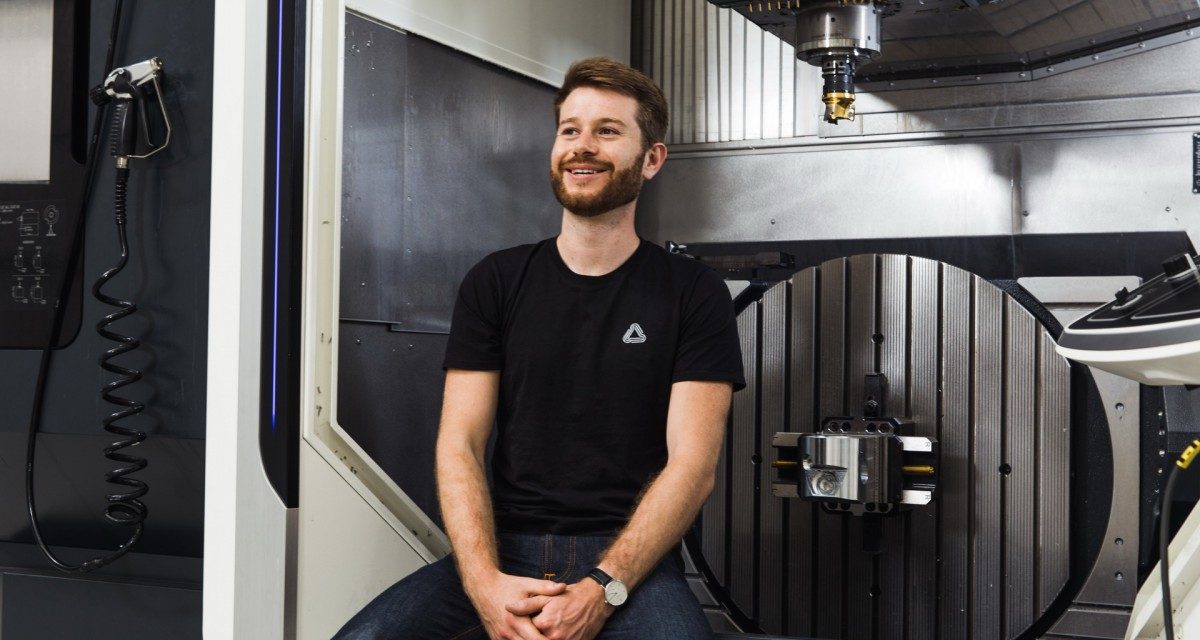Reports of the Death of Globalisation are Greatly Exaggerated

By Theo Saville, Co-founder and CEO of CloudNC
Reshoring is all the rage right now, but despite a global pandemic and the temporary blocking of the Suez Canal, the global supply chain has held up extremely well. These are black swan events, and whilst there seem to be far too many black swans around recently, I wouldn’t throw globalization under the bus just yet.
JIT (Just-in-Time) supply chains have been operating efficiently and effectively for decades now, and hopefully the lessons learned from this pandemic will create an environment where investment in real time data and automation will make it easier for supply chains to handle future macro-disruption.
The biggest trend I see emerging is increasing automation (robotics) and the future use of autonomy (removal of human decision making), with the potential to level the playing field in terms of labour costs across the globe. Labour is the largest single cost in manufacturing, and reducing the labour burden on production results in very much smaller differences from region to region. In simple terms if labour is a smaller component of cost, it will have less impact on price. And perhaps the constant desire to chase low cost labour around the planet will diminish.
The cost of land, electricity and raw materials might offer some savings, but these savings are unlikely to be fully absorbed by the additional costs of logistics, transport and time. This is especially problematic and expensive when parts arrive from the other side of the world and are incorrect or faulty. The balance has been shifting back to a view where “it makes more sense to source and make parts or products here than the other side of the world” for at least a decade now, and the pace is picking up. And, as with many disruptions, the pandemic has simply served as a further accelerant.
There is so much more that these shorter, more regionalised, supply chains deliver than just speed to market and lower logistics costs. They are more sustainable for one thing. And they have the potential to protect national supply chain security, and support the post-pandemic recovery, two things top-of-mind for politicians all around the world in 2021.
Cost of adoption could create tech super-powers
Don’t expect to see mass adoption of technology by the immensely long tail of SME (Small and Medium Enterprise) manufacturers to birth a new digital revolution. The tech is too expensive and difficult to integrate, the factories too low-tech and fragmented to make it worth someone’s while to sink hundreds of millions, or even billions, of dollars to develop one-size-fits-all manufacturing autonomy tech to make any factory autonomous.
Instead what I think is likely to happen is the emergence of more TSMC (Taiwan Semiconductor Manufacturing Company) or AWS (Amazon Web Services) style businesses. These will be rapidly growing tech companies with a proprietary advantage that delivers superior service levels, unit economics, and genuine scalability. The aforementioned long tail of manufacturing SMEs has no defence against this. Looking to 2050, I see the mfg market shifting to dominance by just a few players with a value proposition that encompasses the speed of Proto Labs, the quality of Rolls Royce Aero and the price advantage and scale of Foxconn.










